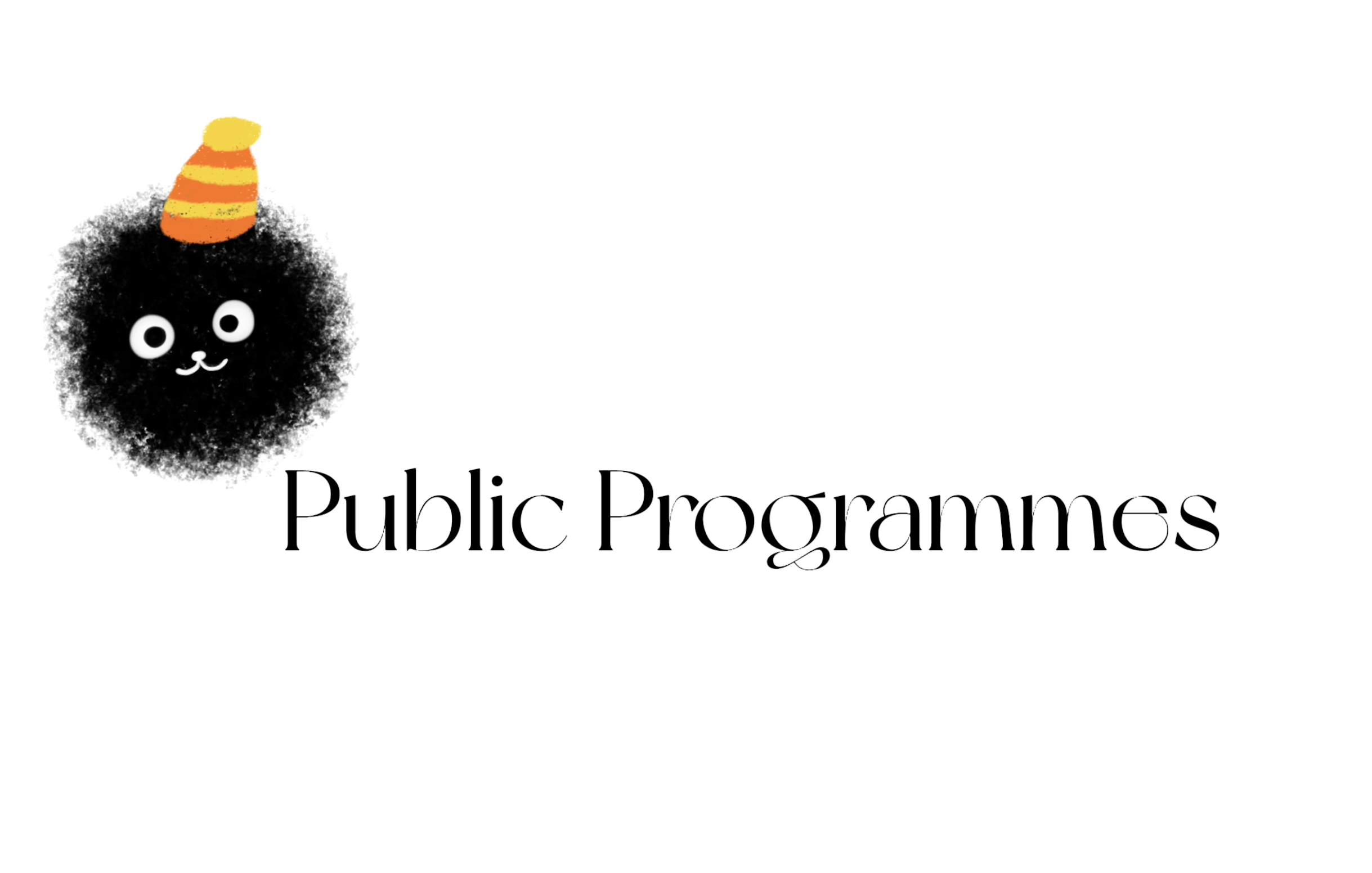1. Transformation of curation and public programmes
Wilson & O’Neill (2010) point out that curatorial discourse has become central to the generation of meaning in contemporary art. The curator is no longer a ‘presenter’ but a facilitator of knowledge production, and public programmes have become one of the core curatorial practices. Curatorial practice is undergoing an ‘educational turn’, no longer the impartation of knowledge but a process of co-creation with the audience. Emphasising dialogue, collaboration, openness and novelty, curation is not just about display but also about participation and discussion.
2. The subjectivity and openness of the curator
Søren Grammel (2011) proposes that curators should abandon fixed identities and accept the multi-linearity, instability and collaborative nature of curatorial practice. He emphasises that the form of curation is ‘conceptual synthesis’ and should dynamically adjust between clarity and ambiguity. This understanding prompts us to view curation as an evolving, social and negotiated process, rather than the ‘management’ of art.
3. Case:
For example, the Night Walk for Edinburgh project by Fruitmarket Gallery is a model of how to create a ‘local’ art experience through the integration of technology and performance, participation and urban space.
Whitechapel Gallery has highly refined its public programmes, such as the Duchamp & Sons youth group, which embeds young people in the institutional structure through in-depth participation (such as curatorial nights and creative weeks).
Arts & Heritage emphasises the collaboration between artists and museums/heritage sites, bringing marginal narratives into the mainstream cultural context.
Lisson Gallery, on the other hand, shows the relative lack of a clear ‘public project’ planning in private galleries.
4. Curator’s responsibility and ethics: Stéphanie Bertrand (2021) believes that ‘inclusiveness and transparency’ have become the core values of curation, but also reminds us that these values should not be uncritically absorbed, otherwise new structures of inequality may arise. Curatorial ethics is not only about ‘correct content’, but also involves the design and reflection of structural mechanisms.
5. Curatorial strategies and challenges
Nicola Triscott (2023) advocates a ‘collaborative inquiry’ curatorial strategy, which considers research, exhibitions, publications and public engagement as one. Alistair Hudson proposes the concept of a ‘user-generated museum’, which emphasises the placement of public projects at the heart of institutional operations and challenges exhibition centrism.
My thoughts
Curation has evolved from the traditional exhibition to become a coordinator of more complex social mechanisms. Especially in public projects, it plays the role of educator, collaborator, critic and even community worker. This trend is exciting, but it also raises some questions: Questions of power and representation remain: even with the emphasis on collaboration and openness, systems still determine who can ‘speak’ in curatorial discourse and who is ‘represented.’ As Bertrand reminds us, ‘transparency’ and ‘inclusiveness’ cannot just be slogans, they need to be institutionalised. Is participation genuine? Wilson & O’Neill mention that ‘rhetoric’ itself has become an object. Some public projects may seem democratic, but in reality, the audience’s participatory role has already been predetermined. This makes me wary of ‘pseudo-collaboration’ when designing my own projects. Private institutions that lack a public character: For example, the commercial objectives of the Lisson Gallery dominate the logic of exhibitions, which reminds me of the tug-of-war between ‘non-profit’ and ‘capital logic’ in curation. Conflicts between ethics and time management: for example, the curatorial method of ‘collaborative inquiry’ advocated by Triscott sounds ideal, but in reality, it faces constraints such as budget, time and power imbalances. Therefore, I may pay more attention to the transparency of curation in public projects to avoid them becoming subordinate. As exhibitions involve social issues and political overtones, communication and empathy with the audience are crucial.
bibliography
Grammel, S. (2011) ‘A Series of Acts and Spaces’, in Richter, D. and Wolfs, R. (eds.) Institution as Medium: Curating as Institutional Critique? Curating, Issue 8, pp. 33–38.
Triscott, N. (2023) ‘Introduction: Unravelling Identity and Belonging’, FACT Journal, 1 (RADICAL ANCESTRY), pp. 3–12.
Wilson, M. and O’Neill, P. (2010) ‘Curatorial counter-rhetorics and the educational turn’, Journal of Visual Art Practice, 9(2), pp. 177–193. doi: 10.1386/jvap.9.2.177_1.



Leave a Reply